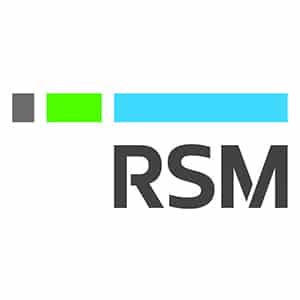In the continually developing world and technologies, customers are now more empowered and connected than ever before, with the ability to access information anywhere at any time. Each web page they travel to, each service they view, each product they purchase, and every task people perform leaves behind a trackable footprint. This information can ultimately be collected as data for your company to utilise for a variety of purposes. For all businesses, understanding the distinct statistical trends of their clients is necessary to ensure customers’ loyalty and is vital to the growth of the business. In this blog, we will try to show exactly how data is capable of performing such tasks.
To begin, data provides an intricate understanding of your company’s audience. Organisations often collect consumer data to gain a clearer image of their customers’ behaviour, as well as to define the general demographics of their clients. Furthermore, freely accessible data makes it significantly easier for the company to strengthen the link between them and its clients. When a business becomes more familiar with the demographics as well as profiles of its clients, the company can make real-time changes to the business to fit customers’ needs and thus, improve the overall client experience. In this sense, products that clients most often purchase can be made and distributed at a faster rate, while products that clients do not show interest in can be decreased in quantity to prevent customers from feeling flustered with too many choices. Therefore, the more your company showcases this effort to cater to your clients’ needs, the more your business expect the clients to continue to use services in the future. Additionally, by developing a sense of loyalty and trust among your customers, a business naturally develops a significant advantage over competitors, thus maximising revenue and rising prestige.

Besides developing the loyalty of the customers, data analytics enable organisations to develop workable marketing strategies and tactics to engage with their target audience and also identify potential new clients. For example, data enables you to detect which of your marketing campaigns or tactics your target audience most often interacts with so that in the future, you can develop more personalised or targeted advertisements to retain your clientele. Thus, by gaining an understanding of this information, companies are better able to identify how they can improve client experience, update or revamp their services, further specialise into a single niche, and so on.
Also, data can assist companies plan for future endeavours based upon current customer trends. If you notice a particular pattern amongst your clients — perhaps that they tend to purchase a certain product at a specific point in the year in high quantity — you can utilise your client’s data to assume that a similar trend will likely happen in the same year. Similarly, data also can help you better understand how customers arrive at your company. For instance, if you notice that the majority of users are not utilising social media as a primary mode of search traffic towards your website or company, this will indicate that your social media presence requires enhancement. Or, if you notice that email campaigns are the most used source of traffic towards your website, you can use this information to model your other traffic sources after. By examining and understanding the most used traffic sources for your business, you will gain a better sense of what areas around your business need improvement and what areas should continue to be strengthened. Thus, with this information in hand, you can increase the particular service or product that your clients show interest in, boosting the overall productivity of your company, helping to retain old clients, and attracting new ones.

To conclude, data and specifically the process of customer analytics has emerged as one of the most powerful and readily accessible tools that you utilise for a multitude of useful purposes, some of which include: retaining your company’s existing clients, successfully marketing your product or service to new clients, and outshining your competitors in a challenging business environment to maximise revenue. Customer analytics allows you to finetune and individualise your company’s focus, granting the ability to personalise your service or product to the unique needs of your clients and gradually refine your brand. With hundreds of online data visualisation and analytics resources at your fingertips, it is only logical to look into at least one of these services if you hope for your company to persist and thrive in the highly competitive digital world.
About the author: Mark Roychowdhury is a Copywright Intern at ei² niche consulting for #data #insights #performance www.eisquare.co.uk









































